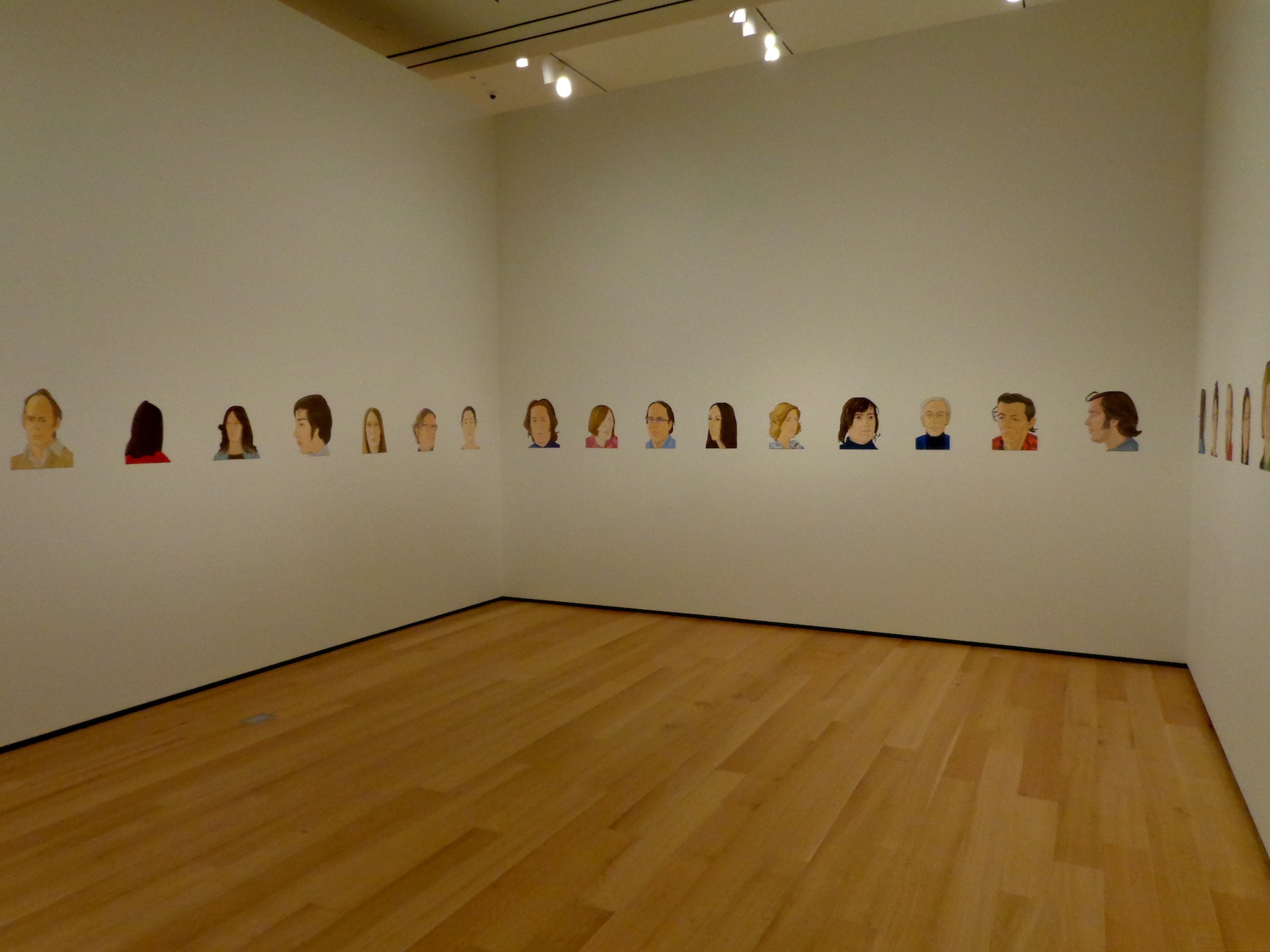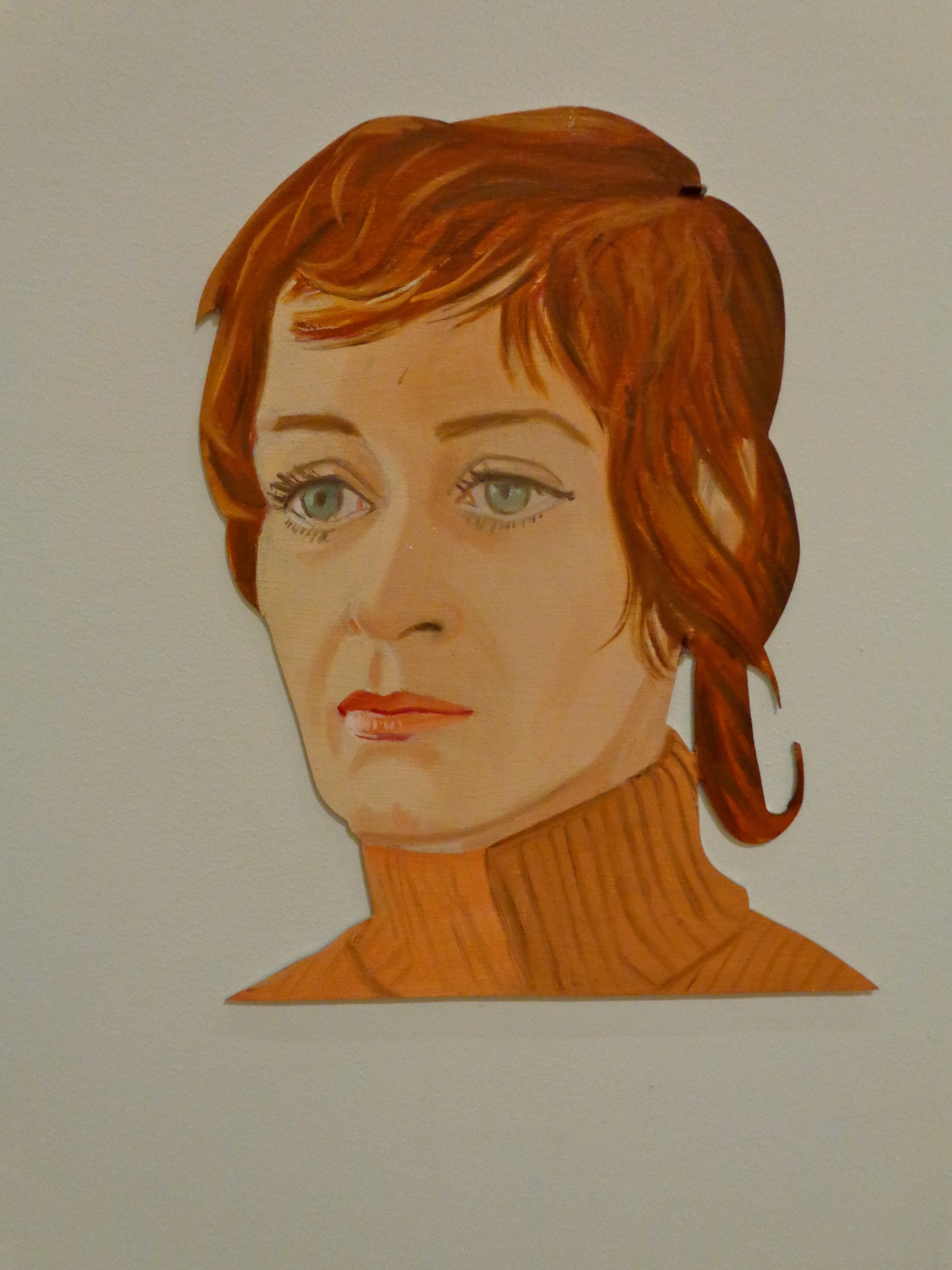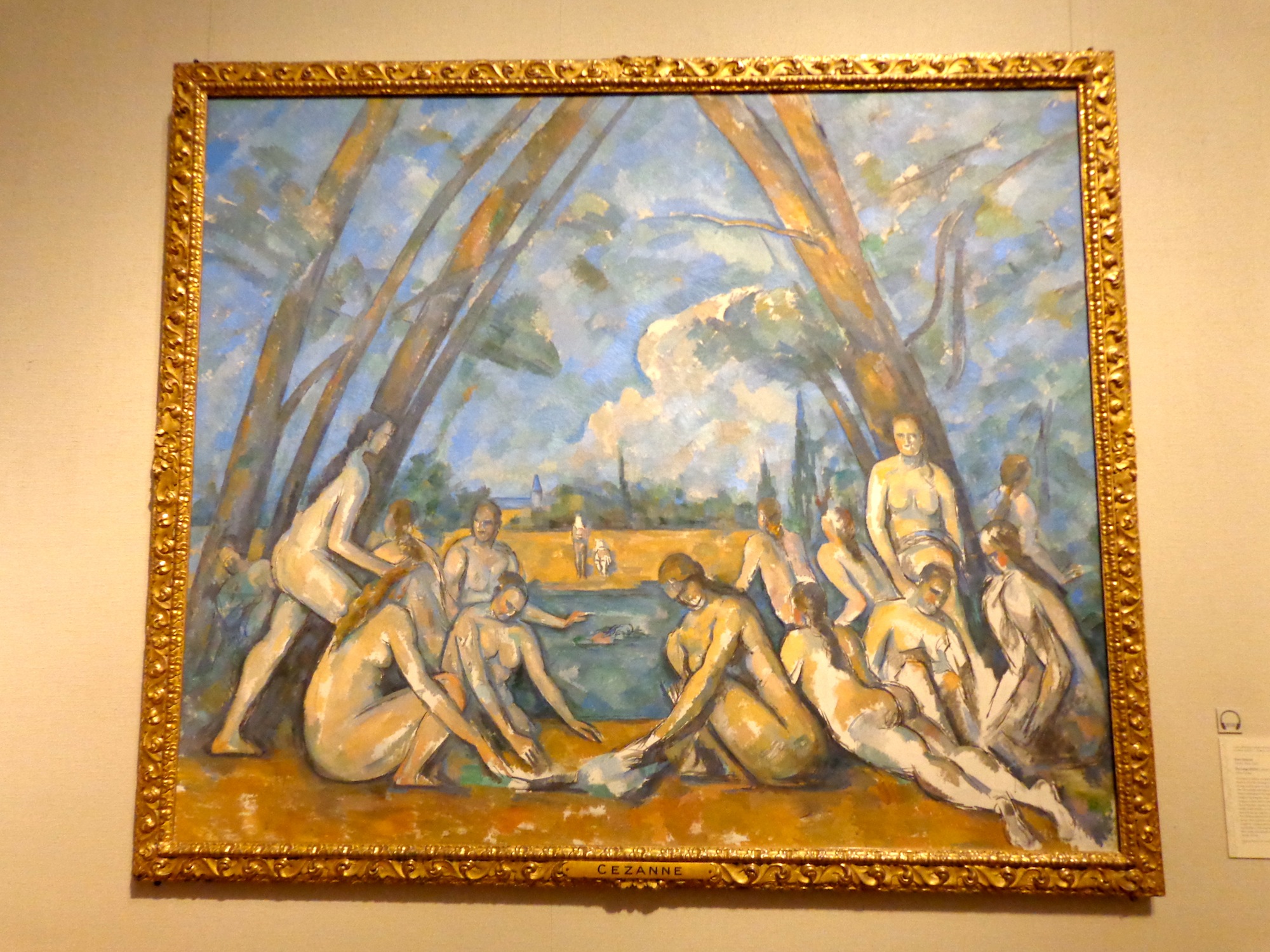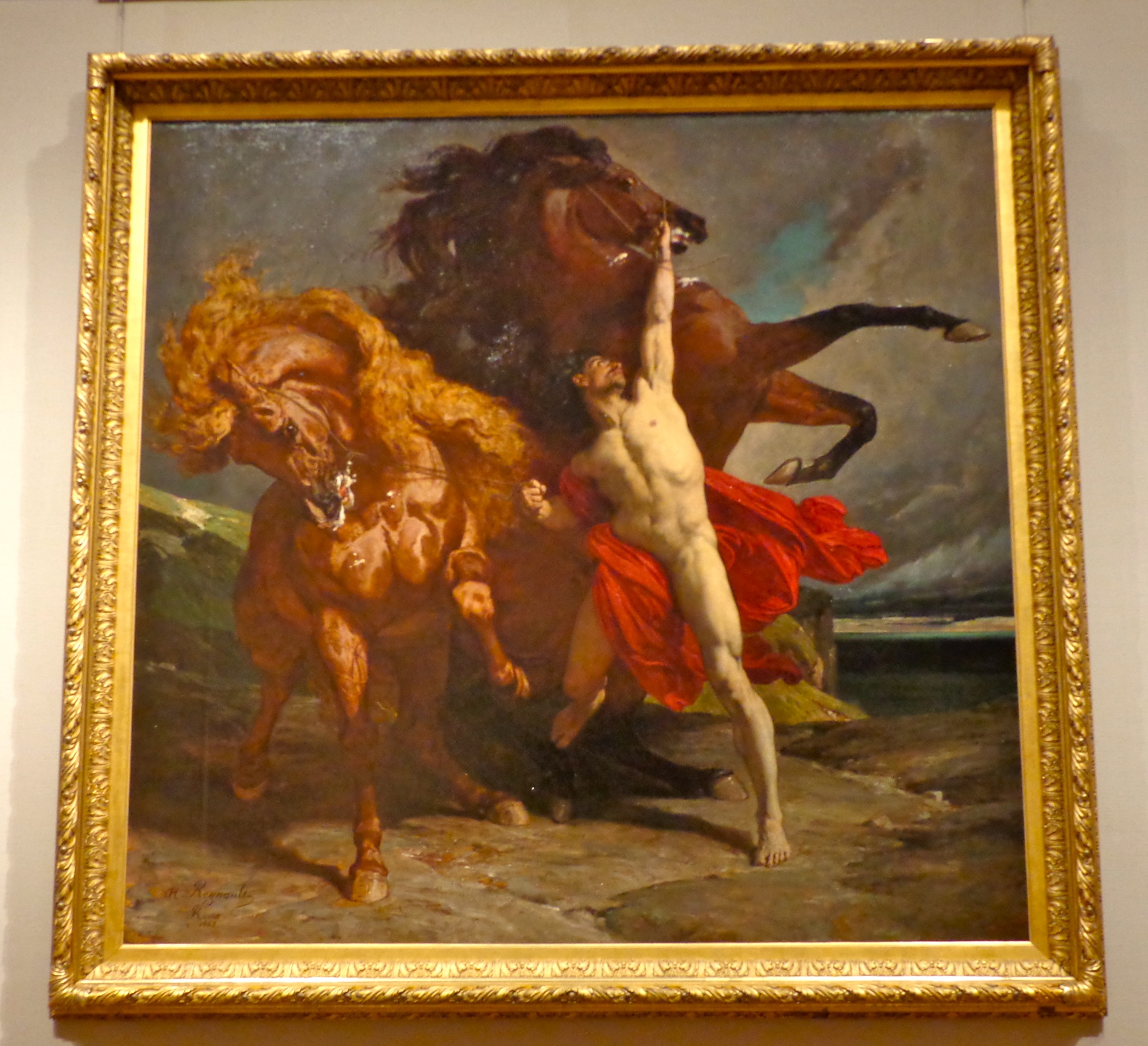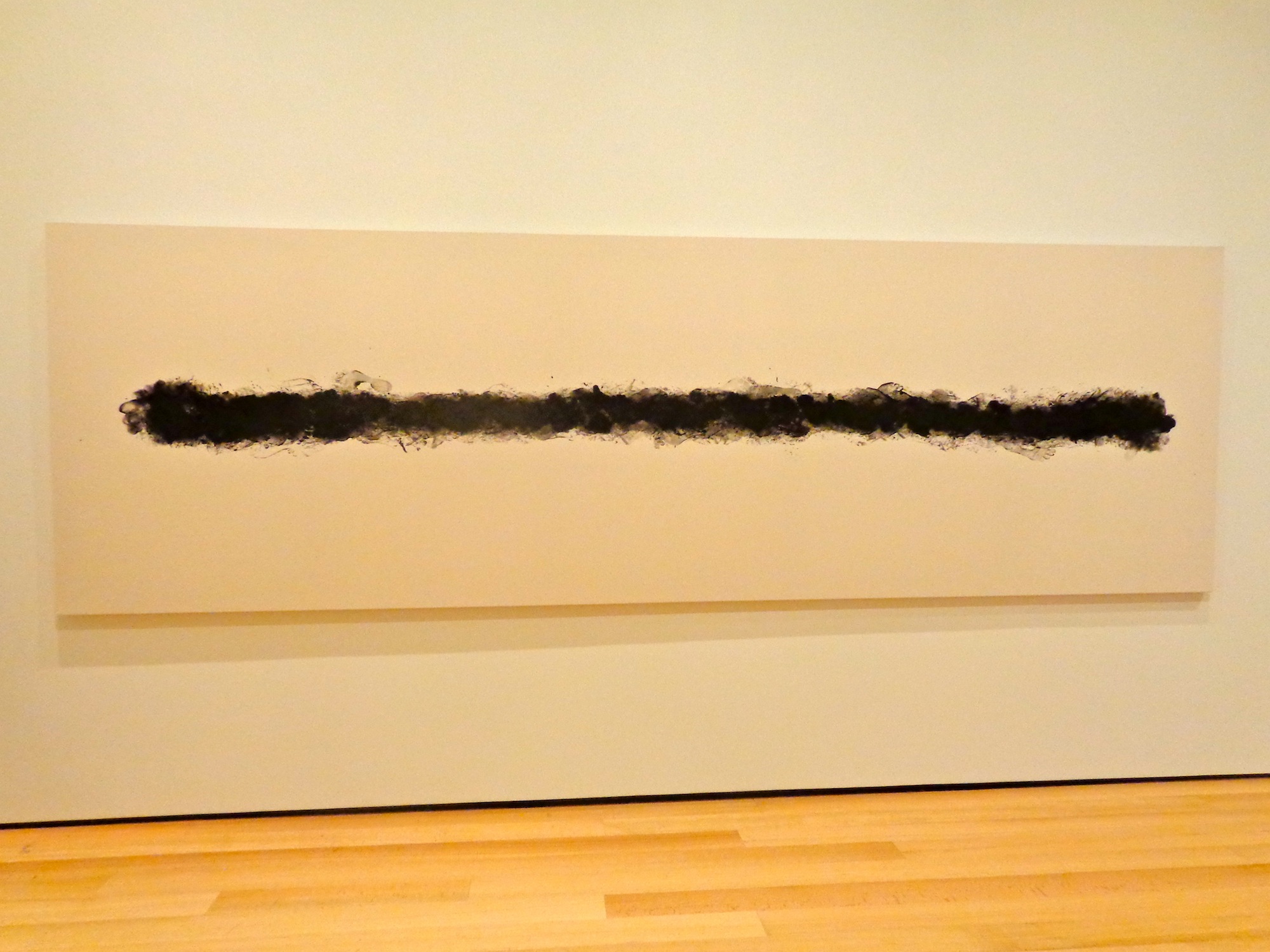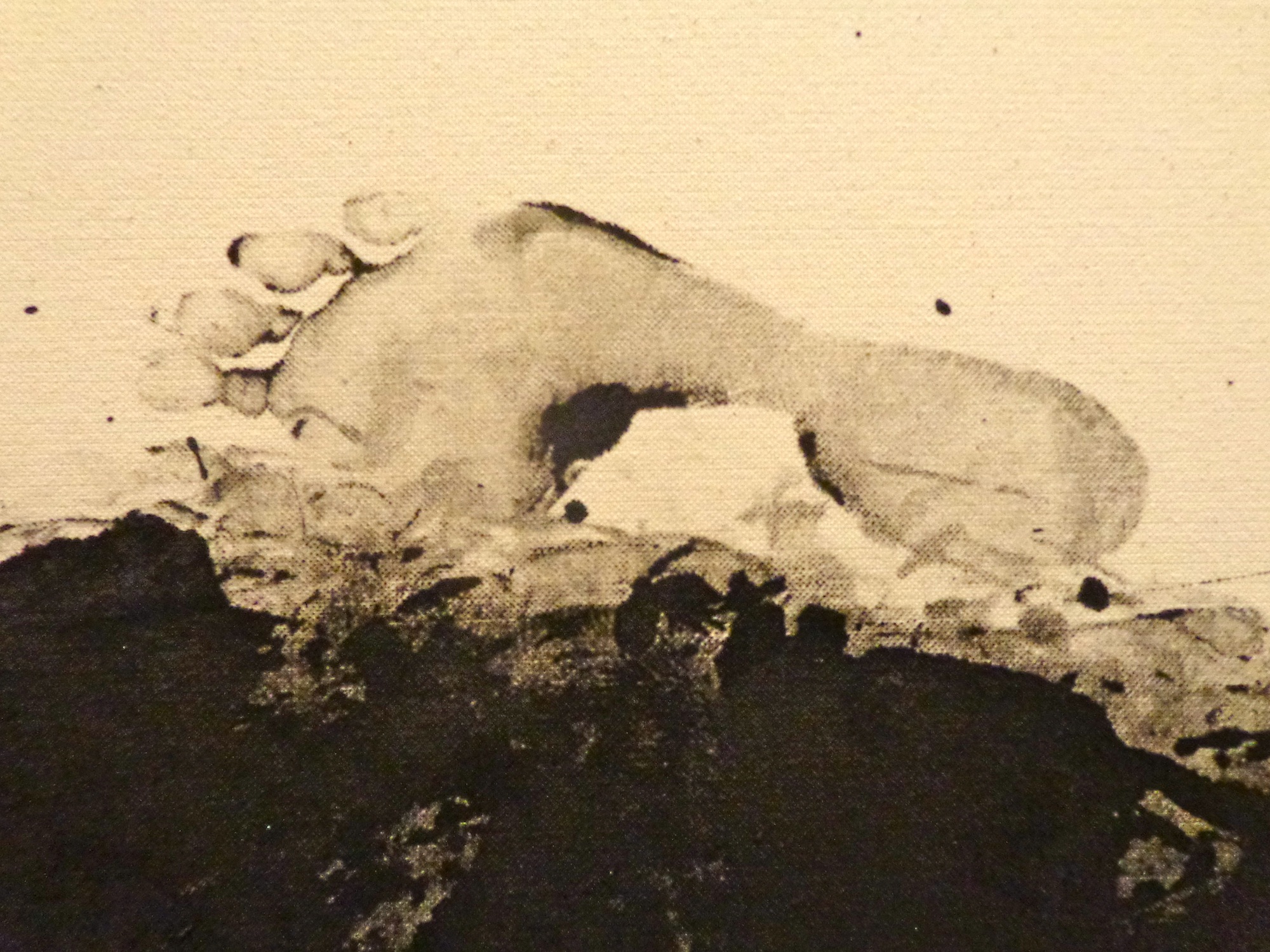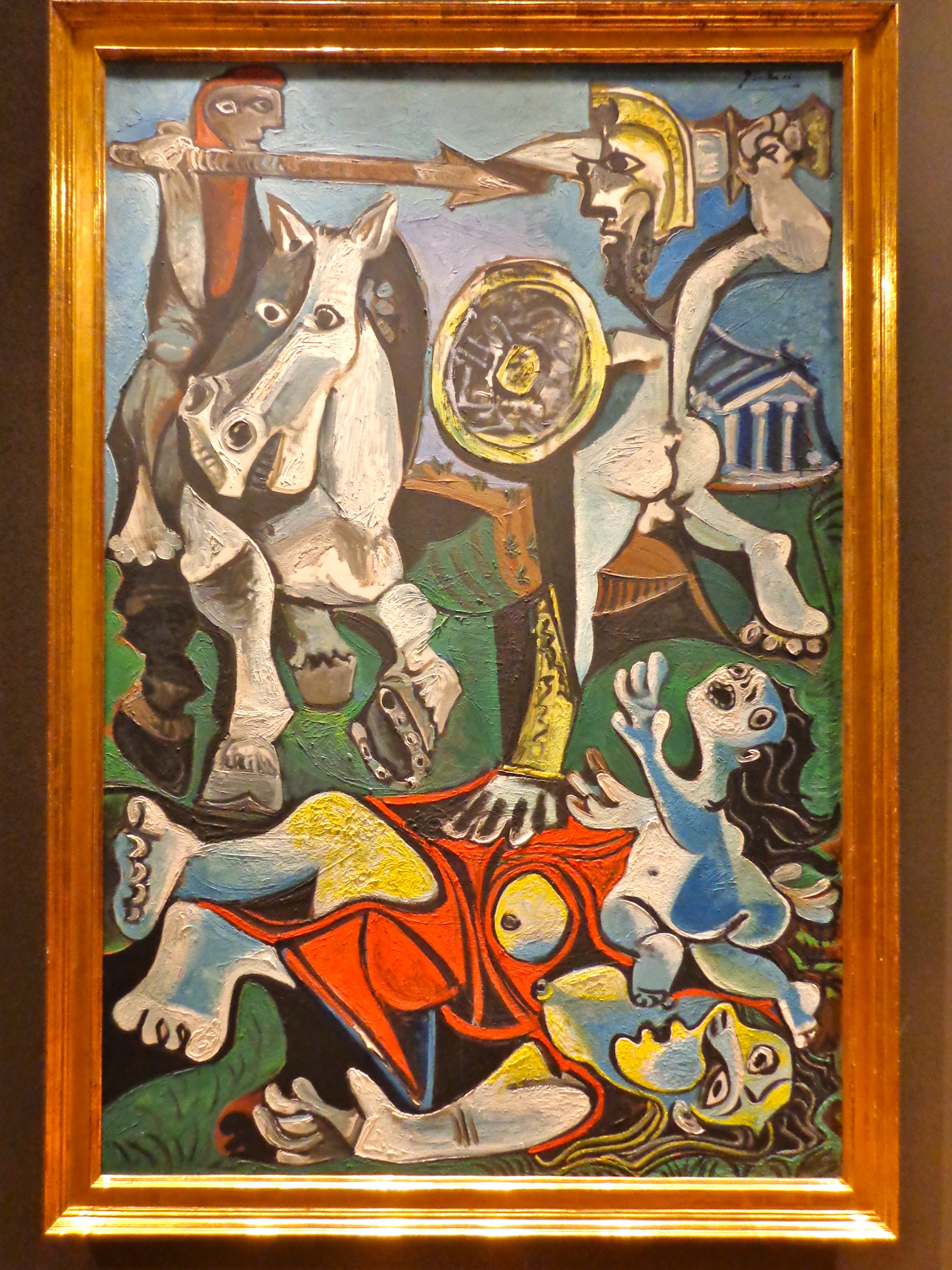Being Fifteen At The MFA
My little sister came to visit me in Boston a couple of weeks ago, so I took her to museums and a Boston Symphony Orchestra performance that she enjoyed more than I did (she’s a pretty talented flautist, so it figures). Carrie’s turning sixteen on Friday (!!) and I was really interested in getting her take on art, so we went to the Museum of Fine Arts here in Boston on a pay-what-you-wish Wednesday night and had the best time.
She’s only fifteen but she’s pretty brilliant. Sometimes she’d mention a comment about a painting or sculpture I’d spent hours studying, and point out something I didn’t even think to consider. Because with art, what you know doesn’t matter as much as what you see, and how you view it through your own lens of experience.
Inspired by the new People’s Choice section, read on to meet Carrie and hear what she thinks about five masterpieces on view at the Museum of Fine Arts Boston:
Hi! My name is Carrie Davis. I’m currently a sophomore at Fairhope High School, and I just happen to be the little sister of the creator of the site you’re on right now. Music is my passion, but I recently went to the Museum of Fine Art with my sister so she’s putting me to work by writing about these lovely pieces of art. I also enjoy playing the flute, riding my horse, long walks on the beach, and bacon. HAVE A GREAT DAY, OKAY?
Rush makes me curious as to who the inspirations are, or where they came from. I love the emotion in the faces, too. It’s very interesting how some of the faces are shown straight on, some show their profiles, and others only show the back side of their head.
Paul Cézanne uses an almost watercolor looking technique in The Large Bathers to get a beautiful contrast of colors between the sky and the nature. The women in the painting appear to be doing the cliché deeds of women in the early 1900s when this artifact was created, which gives the viewer a glimpse back into time. The one thing I’m most curious about is the town in the background. It seems to be civilized, yet the people are nude. Could they be a different civilization of people, or possibly a single nudist colony? I’m in love with the way Cézanne makes you think and consider the possibilities of these lovely creatures.
The strength and fury of the horses in Automedon with the Horses of Achilles puts me in awe of how much bravery that man (Achilles?) must have. The foaming mouths of the horses as they rear up to the protagonist of the painting makes me astonished by the man’s power. This painting was at least eight feet tall, creating an entirely new feature that a computer screen lacks. The frame of the piece is very forceful. It looks like something that would be in a literary work by Homer. The raging horses, along with the raging ocean makes for an angry and terrifying mood.
Pacing, by Annette Lemieux, is quite inspirational. It was created so simply, yet it’s so beautiful and interesting to look at. I love how most of the foot prints are very concealed, yet the ones on the outside are so detailed and noticeable.
In the Rape of the Sabine Women by Pablo Piccaso it makes me sad for the victims in the painting. The men want them so desperately, and are willing to hurt them in order to obtain that power. The poor child appears to be crying out for the men to cease, but they so crave the power and the sense of control that winning this brawl will give them.
For more from Carrie, you can follow her on Twitter, and be sure to wish her a happy birthday!
If you have your own impressions you’d like to share, use this form to join the People’s Choice Project and get your own post just like this one.


